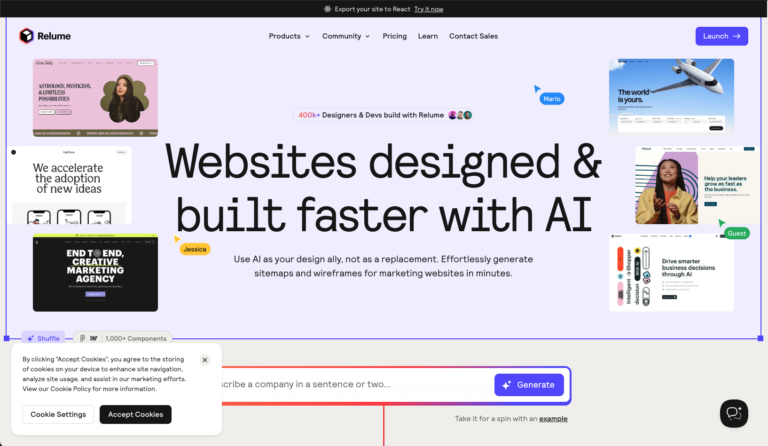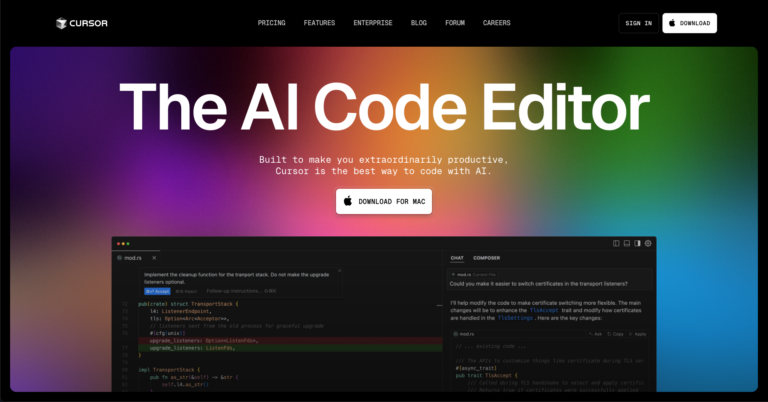
In building out a membership site for a client, the project should often be split into two distinct areas:
- main/root domain (
example.com) is focused on marketing. - subdomain (
members.example.com) is the functional home for the actual membership portal.
This is not just a stylistic choice. It is a move that pays off in performance, scalability, and clarity for both users and site owners.
Keep It Light. Keep It Fast.
Marketing pages should be lightning fast. No extra user session bloat, no cache exceptions, and no heavy membership plugins slowing things down. The homepage, for example, should load quickly and cleanly, every time. A lean theme, well-optimized images, and a caching layer that doesn’t have to account for logged-in users make this possible. Meanwhile, the member portal functions differently. It serves logged-in users, delivers dynamic content, and sometimes handles eCommerce features. It requires its own server-level strategy and performance optimization.
Separate Concerns for Smoother Projects
From both a design and user experience perspective, the public-facing visitor and the logged-in member are on entirely different paths. Separating these concerns makes it easier to:
- Design without compromise
- Troubleshoot efficiently
- Deploy updates without breaking unrelated areas of the site
If needed, marketing and membership management can even be handled by different teams without overlap or confusion. Tako Mojo recommends running two separate instances of WordPress to reinforce this separation. One instance powers the root domain for public-facing marketing. The second instance runs on the subdomain to manage membership content, authentication, and functionality. This keeps codebases clean, simplifies updates, and allows each site to be optimized specifically for its role.
Better Security and Isolation
Security can be tightened on the members. subdomain by implementing:
- Login access restrictions
- Firewall rules specific to the subdomain
- API and admin tool limitations scoped only to that area
This isolation means that if one area is ever compromised, the entire site is not necessarily at risk.
Multi-tenant: Not Ideal for Membership Projects
WP Engine is a solid managed hosting provider. Tako Mojo continues to use it for a lot of client projects where it makes sense. However, for membership functionality that requires flexibility and power, it can fall short. Here’s why:
- Plugin Restrictions prevent the use of certain backup and caching plugins.
- Caching Complexity requires additional configuration for logged-in users, which is not always seamless.
- Price Creep becomes an issue since subdomains are treated as separate installs.
- No Server-Level Tuning means no access to Redis, PHP worker adjustments, or deeper server controls.
Cloud Infrastructure to the Rescue
Tako Mojo recommends a setup like Cloudways and Vultr High Frequency for client membership sites.
This type of setup allows:
- Full control over server-level configurations, including object caching and PHP settings
- More performance per dollar
- Easy staging, cloning, and rollback options
- Freedom to use any necessary plugin
- A straightforward upgrade path when traffic increases
When it is time to scale the membership area separately from the marketing site, a second server for members.example.com can be spun up and optimized specifically for logged-in performance.
Solving Real Problems Is the Secret Sauce
This architecture is not over-engineering. It is a deliberate move to solve real-world problems that come up again and again in client projects.
- Caching Conflicts? Solved. Keep full-page caching on the marketing side and dynamic content on the member side.
- Performance Headaches? Solved. Tune each WordPress instance for its specific needs.
- Deployment Risk? Solved. Push updates to one part without risking the other.
- Security Concerns? Solved. Contain vulnerabilities to the part of the site they’re tied to.
- Future Scaling? Solved. Each subdomain can grow independently—on separate servers if needed.
This is how modern, modular architecture works. SaaS companies have done it for years. Marketing lives on www.. Logged-in apps live on app.. The same logic applies here with WP and it works beautifully.
TL;DR
Tako Mojo recommends separating your stack on membership/content sites. Use the root domain for fast, clean, public-facing marketing. Place the membership functionality on a subdomain and optimize it with the attention it deserves. Run two separate WordPress installations: one for marketing, one for membership. This approach simplifies development and management while improving long-term flexibility. Unless the membership component is very simple, restrictive hosting platforms can create more obstacles than benefits.
Looking to develop a membership site that performs well today and scales effortlessly tomorrow? Let Tako Mojo, Inc. help you plan and build it right from the start.






